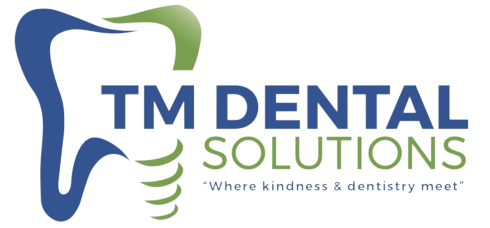What is Tooth Decay or Dental Caries?
Enamel, the tough outer layer of the tooth, shields it from decay. Once this layer is compromised, the tooth can deteriorate, leading to tooth decay.
Tooth decay is not restricted by age; it can occur at any stage of life. Plaque, a sticky bacterial film, forms on teeth constantly. When allowed to linger, plaque produces acids that attack enamel, leading to cavities and tooth breakdown.
Bacteria in neglected teeth fillings or overlooked corners can affect the gums, causing rapid decay. Understanding the causes of tooth decay is crucial for effective prevention.
What Causes Tooth Decay or Dental Caries?
- Poor Oral Hygiene: Neglecting regular brushing, flossing, tongue cleaning, and mouthwash use increases the risk of decay.
- Age: Natural aging and the lack of proper dental care in youth contribute to tooth breakdown over time.
- Crevices and Enamel Breakdown: Deep crevices resulting from enamel breakdown provide hiding spots for bacteria, promoting rapid decay.
- Dry Mouth: Reduced saliva production allows plaque to thrive, increasing susceptibility to bacterial growth.
- Tooth Grinding: Stress-induced tooth grinding wears away enamel, accelerating tooth decay.
- Genetics: Inherited genetic factors can predispose individuals to tooth decay, emphasizing the need for extra care.
- Nutrition: Diets high in sugar, carbs, and acids fuel bacterial activity, hastening tooth decay.
Stages of Dental Caries – Identifying it Early
- White Spots: Initial calcium loss manifests as yellow or white spots on teeth.
- Enamel Deterioration: Treatment becomes necessary as enamel deteriorates beneath the tooth surface.
- Dentin Decay: Untreated enamel breakdown progresses to affect dentin, causing pain.
- Pulp Infection: Bacteria reaching nerves lead to infection, pus formation, and damage to blood vessels and nerves.
- Abscess: The final stage involves infection of the tooth root tip and surrounding bones, causing severe pain.
Symptoms of Tooth Decay
- Early signs include minimal discoloration, yellow or white spots, often missed without regular dental check-ups.
- Any tooth pain or sensitivity should not be ignored, as it may indicate caries.
Types of Dental Caries
- Enamel Caries: Bacterial acid erodes enamel, progressing until it reaches the core.
- Secondary Caries: Improperly done restorations and fractures lead to caries, corrected through restoration.
- Acute Caries: Rapid, extensive growth affecting multiple teeth simultaneously.
- Arrested Caries: Halted caries growth through early intervention and hygiene measures.
- Early Childhood Caries: Caused by residual milk in the mouths of sleeping infants, emphasizing good oral practices.
Preventing Tooth Decay
- Brushing: Brush twice daily for 2-3 minutes using fluoride toothpaste.
- Flossing: Daily flossing is crucial, especially in crevices.
- Tongue Cleaning: Use a tongue cleaner to maintain overall oral hygiene.
- Mouthwash: Rinse with mouthwash to eliminate bacteria from hard-to-reach areas.
- Nutritious Diet: Maintain a balanced diet, limiting sugary and starchy foods.
- Regular Dental Visits: Schedule regular check-ups with the dentist for preventive care.
Cavity Treatment
Treatment varies based on the stage of decay. Early decay may require simple cleaning and improved oral care. As decay progresses, professional interventions such as fillings, root canals, or minor surgeries may be necessary. Early detection is key to effective treatment.
